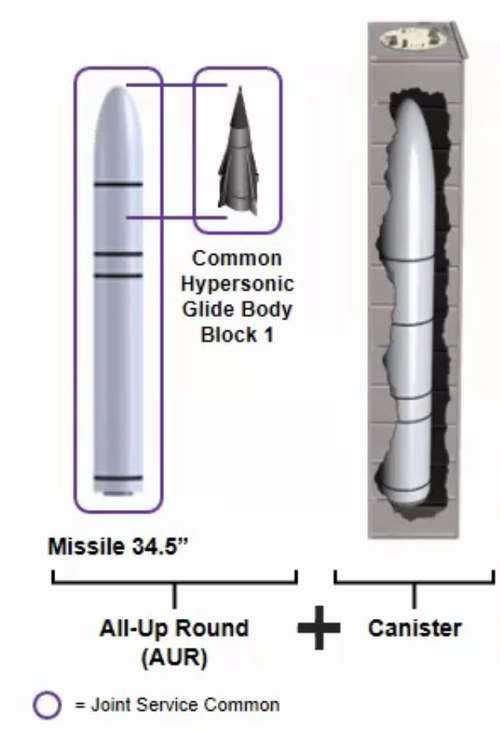- Joined
- 3 June 2011
- Messages
- 18,302
- Reaction score
- 12,122
Or Mach 5:4 mach BabyVideo describing the various aspects of the off-range launch, control, and evaluation of the high performance AQM-37C(EP) Target to be engaged by SM-2 Block IV over White Sands Missile Range. Video developed by George Helfrich and produced by JHU APL, 22 July 1992. Provides a description of how the target was to be launched from a Navy F-4 aircraft at a speed of Mach 1.5 and an altitude of 50,000 ft. over Albuquerque NM and then climb and accelerate to desired speed and altitude for intercept over White Sands Missile Range.
In 1981, the U.S. Navy modified 10 AQM-37As under the Challenger program with a refined high-g autopilot, and enlarged heat-resistant tail surfaces, to allow for higher speed, altitude and manoeuverability. These features were incorporated into the AQM-37C, which was delivered to the Navy from 1986 onwards. The AQM-37C has a radio command control system, which allows changes in the flight path after launch, including a terminal dive at a controlled dive angle. It also features a digital autopilot, and improved radar augmentation in four different frequency bands. Some of the latest AQM-37Cs have further improved heat insulation, and can also be used to simulate ballistic missile threats, being able to fly ballistic trajectories to an altitude of 100 km (330000 ft) and a range of 425 km (265 miles), with terminal speeds of Mach 5.





